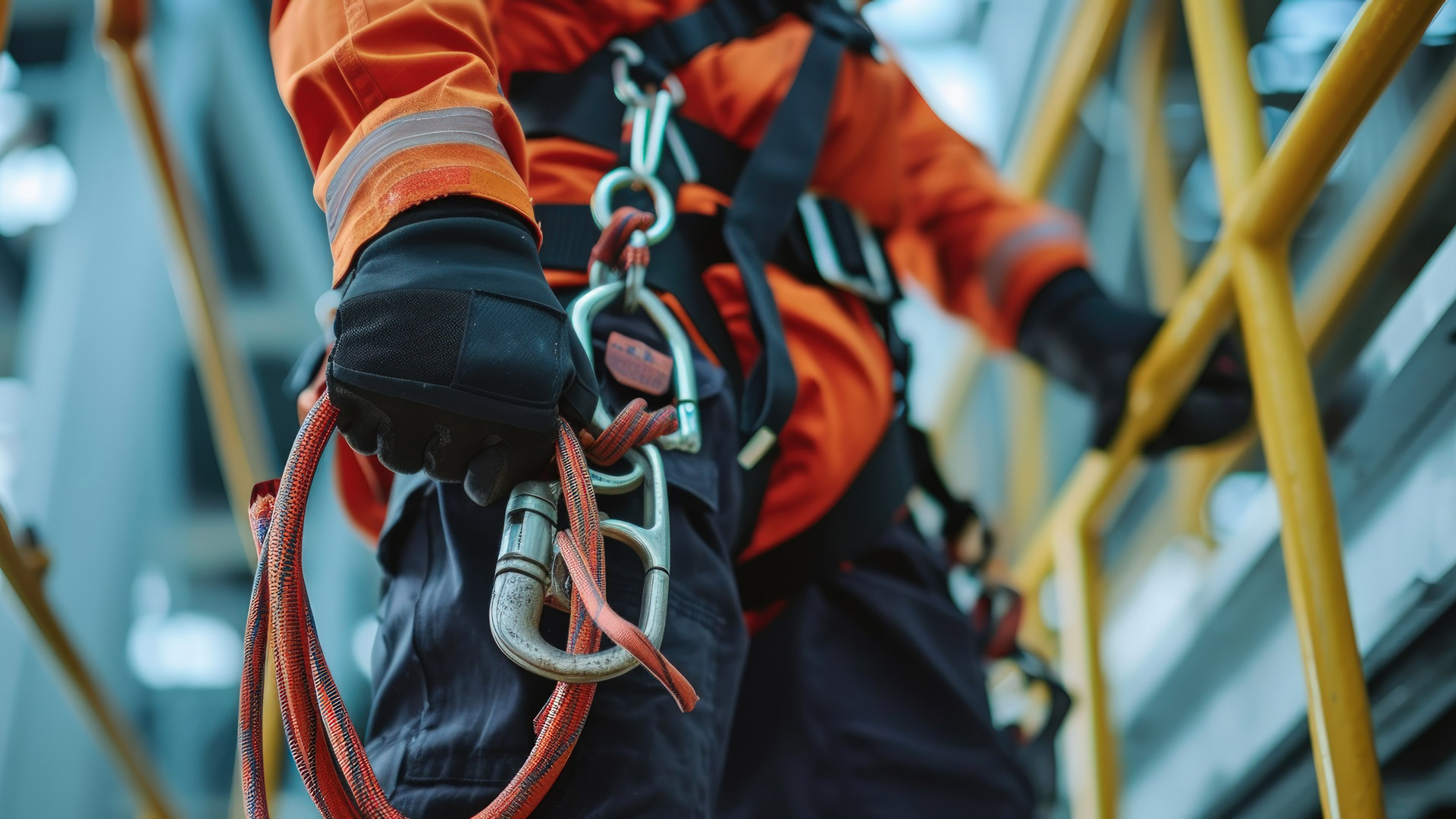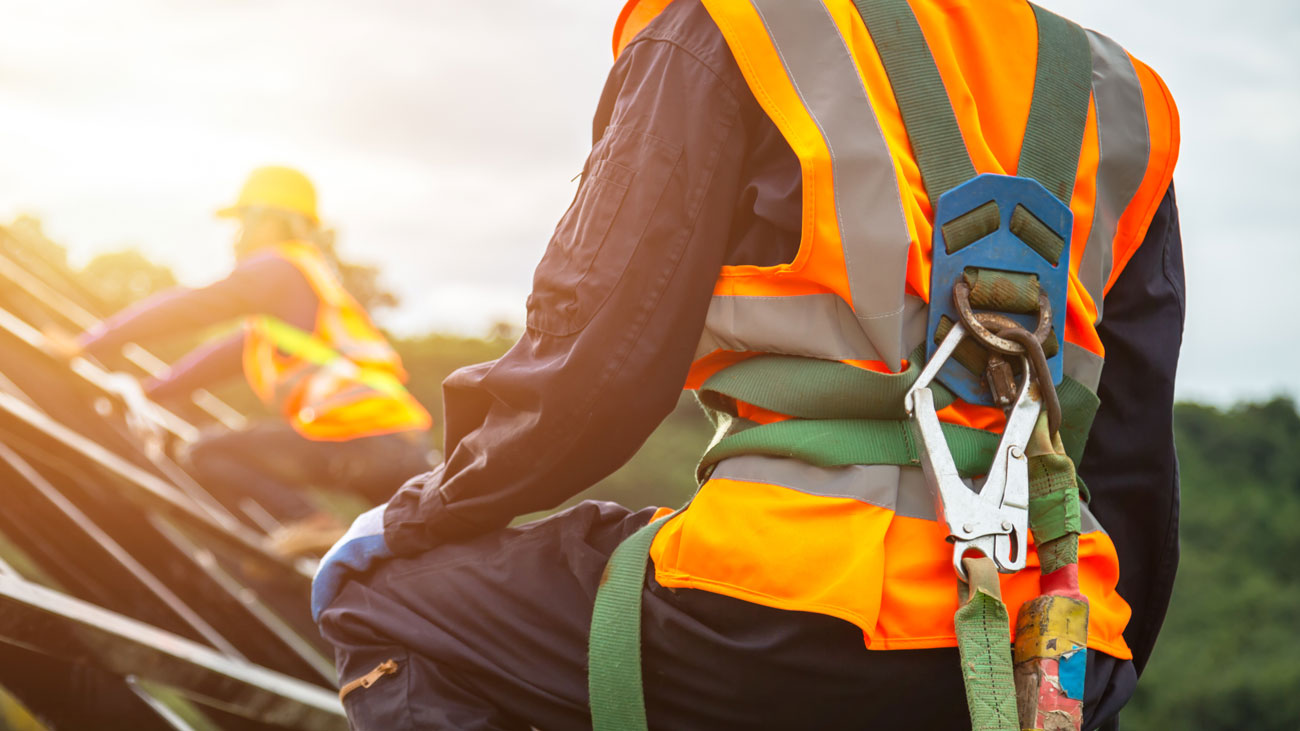Working at height is the most frequent cause of fatal accidents to workers – there are an average of 37 fatal injuries per year. Half of all fall from height deaths over the last five years were in the construction sector (an annual average of 19 per year). Over 60% of deaths during work at height involve falls from ladders, scaffolds, working platforms and roof edges and through fragile roofs.
Roof work accounts for a quarter of all deaths in the construction industry, the HSE has said. Falls through fragile materials, such as roof lights and asbestos cement roofing sheets, account for more of these deaths than any other single cause.
Not all those killed while working on roofs are trained roofers: many people accessing roofs are maintenance workers. There are also many serious injuries, often resulting in permanent disabilities.
The HSE continues to report on numerous cases in which employers have been sentenced as a result of a fall from a roof. Below are a few examples.
Fall through a sky light
In May, sole trader, Ian Pitman, was fined after a sub-contractor fell five metres through a sky light onto a concrete floor. Bristol Magistrates’ Court heard how on 20 July 2017 a man working for Ian Pitman was renewing the guttering between two buildings in Chipping Sodbury in Bristol. While fitting a roof panel back into place he fell backwards through a sky light, hitting the rail of a lift truck below and landing on the concrete floor. He suffered multiple injuries including a fractured skull and broken ribs.
An investigation by the HSE found that Mr Pitman failed to ensure that work at height was properly planned, appropriately supervised and safe in such a way as to ensure that persons not in their employment were not exposed to risks to their health and safety.
Ian Pitman pleaded guilty to contravening Regulation 4(1) of the Work at Height Regulations 2005. He received a four-month custodial sentence, suspended for 18 months and was given 180 hours of unpaid community work. He was ordered to pay costs of £13,500 and a victim surcharge of £115.
Fall through an asbestos roof
A specialist roofing and cladding company was sentenced after an employee suffered serious injuries when he fell through an asbestos roof whilst undertaking gutter cleaning and roof repairs.
North Staffordshire Magistrates’ Court heard that on 1 March 2017, DPM Industrial Roofing (UK) Limited (DPM) was engaged by PD Edenhall to undertake work on the fragile pitched roof on units at its premises in Burslem, Stoke-on-Trent. The work involved cleaning valley gutters and over-sheeting six damaged asbestos roof sheets with corrugated metal sheets.
Two DPM employees accessed the roof via a cherry picker and proceeded to clean the first valley gutter, which was 35m long and two feet wide.
During the work one of the men stepped off the crawling board and onto the fragile asbestos cement roof, which gave way, causing him to fall 7.5 metres to the concrete floor below. He fractured his spine in two places and also fractured his pelvis, shoulder and rib.
An investigation by the HSE found the method of work was unsafe. There was no fall protection on either side of the valley gutter to prevent the workers falling through the pitched fragile roof and no fall protection at the end of the valley gutter to prevent them falling off the roof. This unsafe method of work was repeated when the men cleaned the second valley gutter. The risk assessment was not suitable and sufficient.
Although it identified working on a fragile roof as ‘high risk’ it failed to identify falls from a leading edge and did not include adequate control measures to prevent falls through or from the roof.
DPM Industrial Roofing (UK) Limited pleaded guilty to breaching Section 2 of the Health and Safety at Work etc. Act 1974 and was fined £10,000 and ordered to pay costs of £6,454.
Enforcing the law
The HSE is also keen to demonstrate that it does not take an incident for it to investigate and prosecute health and safety failings. In April 2021 it reported that a construction company had been fined after putting employees at significant risk of a fall from height while working on a roof.
Blackpool Magistrates’ Court heard how on two occasions, 10 and 11 July 2019, two employees of Ron Richardson Construction Ltd were observed waterproofing a flat roof at fifth floor level in Harrow Place, Blackpool close to an unprotected edge without the means to prevent a fall. The workers were not being monitored and had accessed the roof to do the work as they were unable to carry out the task from below with the equipment that had been provided for them.
Enforcement Notices had previously been served against the company for work at height failures at the same site.
An investigation by the HSE found that the company had not followed its own procedures and was not sufficiently supervising the work. Suitable edge protection to prevent a fall from height was not provided and the workers had not been given sufficient training in working safely on roofs.
Ron Richardson Construction Limited pleaded guilty to breaching Regulation 4 (1) of The Work at Height Regulations 2005. They were fined £18,000 and ordered to pay costs of £3,342.
Speaking after the hearing HSE inspector, Christine McGlynn, said:
“Companies should be aware that HSE will not hesitate to take appropriate enforcement action against those that fail to heed advice and continue to breach health and safety legislation.”
Guidance
The HSE has issued guidance on how to plan and work safely on roofs. It covers new buildings, repair, maintenance, cleaning work and demolition. It also includes some guidance for people not directly carrying out work on a roof, such as clients, designers and specifiers.
Roof work is an issue not just for construction companies. Other workers, such as building maintenance staff and surveyors, can also fall from or through roofs. This guidance will be useful to anyone planning, arranging or supervising roof work, including:
- Directors and partners of companies who carry out roof work;
- Clients of projects involving roof work;
- Designers and specifiers of buildings and components;
- Principal contractors for projects that include roof work;
- Owners of buildings where roof work may take place;
- Trade union safety representatives and employees' safety representatives;
- Anyone carrying out roof work, including employees and the self-employed and safety consultants.
Download or buy the HSE's full guidance here.
You may also be interested in
RELATED CONTENT
RELATED COURSES

The Working at height course helps learners understand the dangers associated with working at height and ways to control the risks

The Risk Assessment and Method Statement (RAMS) course examines the HSE’s recognised five-step approach to risk assessment.

Introduction to health and safety gives learners a basic introduction to managing safety in their workplace.

The world’s best-known health and safety certificate, designed for managers and supervisors in any sector or organisation.

Work at height continues to be the most common cause of fatal injury, according to the HSE’s latest statistics, published on 6 July.

Solar panel company Blue Sun Energy Limited has been sentenced for safety breaches after a self-employed labourer fell through a rooflight.

The Access Industry Forum (AIF), the forum that represents the principal work at height trade associations and federations, is calling for clearer rep...

Latest research commissioned by the Ladder Association has again raised serious concerns that unsafe and potentially dangerous ladders continue to be ...